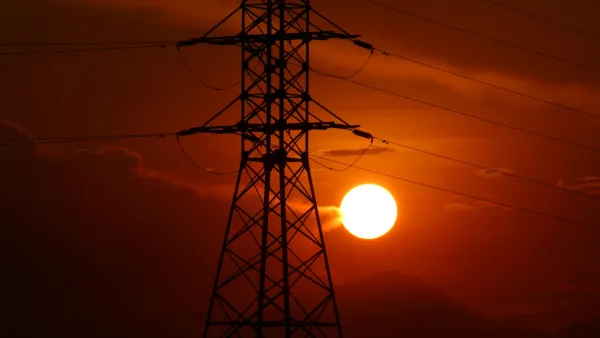
It should take advantage of its interconnection and renewable energy potential.
The Association of Southeast Asian Nations (ASEAN) needs modern interconnected grids that will support renewable energy generation in ensuring power security, according to Ember.
“The grid routes for interconnections are home to as much as 30 gigawatts (GW) of solar and wind potential, creating new jobs, boosting economic growth and opening major market opportunities,” it said in a new report.
As the region transitions away from fossil fuels, ASEAN’s solar and wind power is expected to make up at least 23% of its power mix by 2030, up from just 4% today.
Achieving renewable energy goals needs to be coupled with comprehensive grid planning. This should include the adoption of clean flexibility solutions such as battery storage and demand-side management, reforms to create open and transparent electricity markets and the mobilisation of finance at scale, Ember said.
Currently, only Cambodia, Malaysia and Singapore have signed the Global Energy Storage and Grids Pledge, which aims to deploy 1,500 GW of energy storage and 25 million kilometres of grid infrastructure globally by 2030.
Beyond the physical grid, ASEAN should also tap cross-border data sharing, supporting new business models and addressing emerging infrastructure needs, such as electric vehicle charging.
“In ASEAN, a stronger and interconnected grid can create a robust renewable energy market, connecting countries, uplifting communities and bringing clean energy to the darkest corners,” said Dr Dinita Setyawati, senior energy analyst at Ember. “Grid upgrade, coupled with clean flexibility tools, can better prepare ASEAN for a renewables-based future.”
Source: Asian Power
Share: